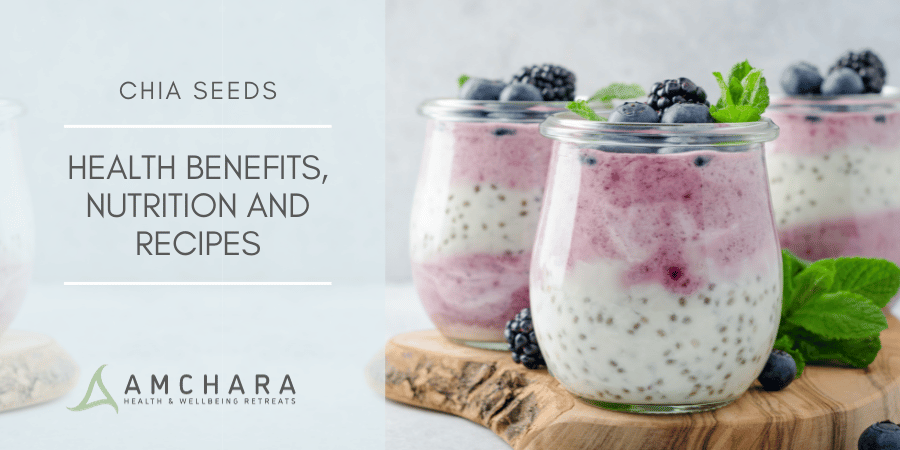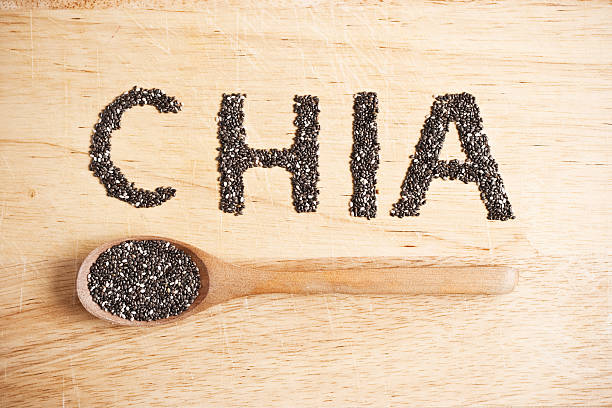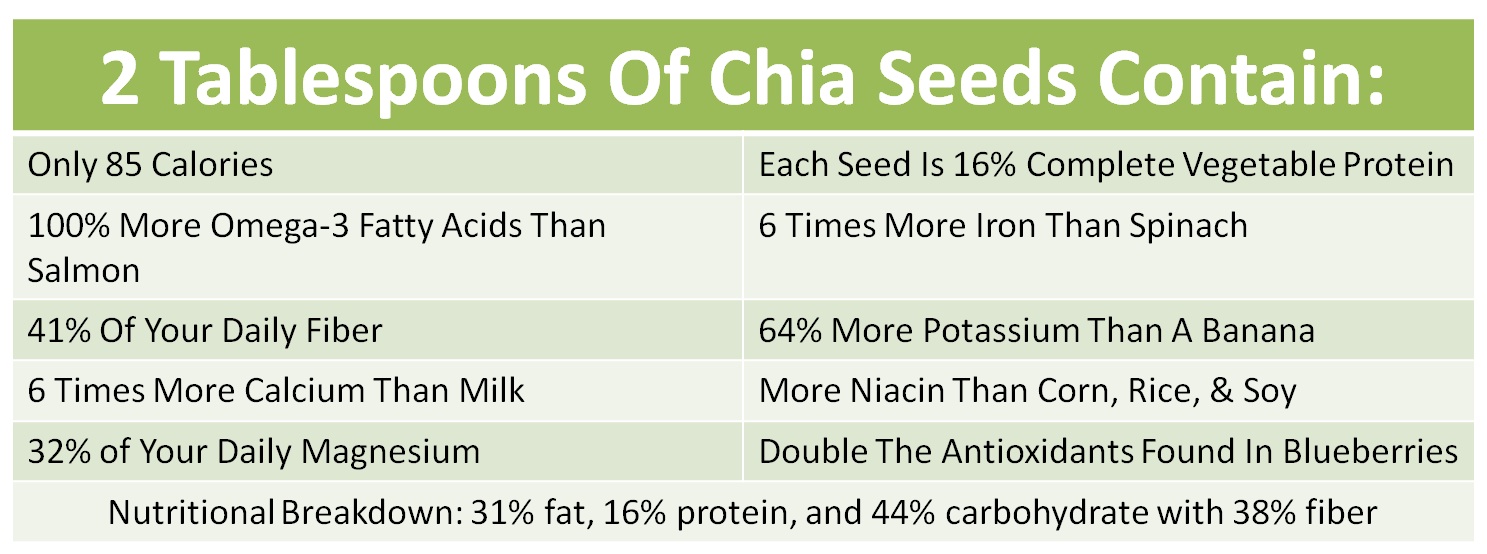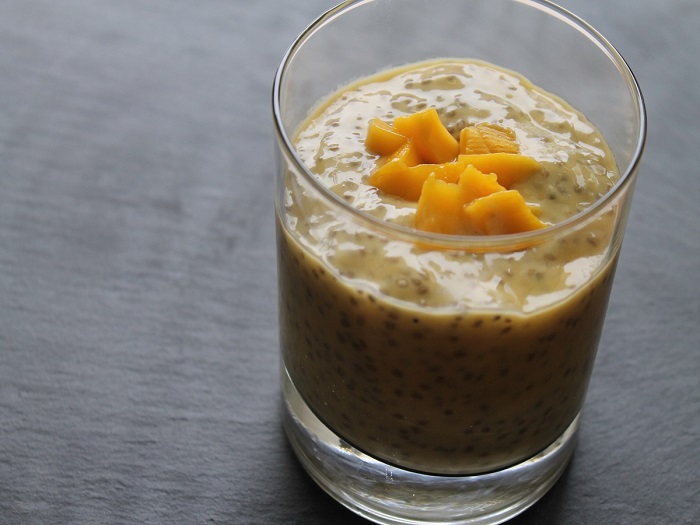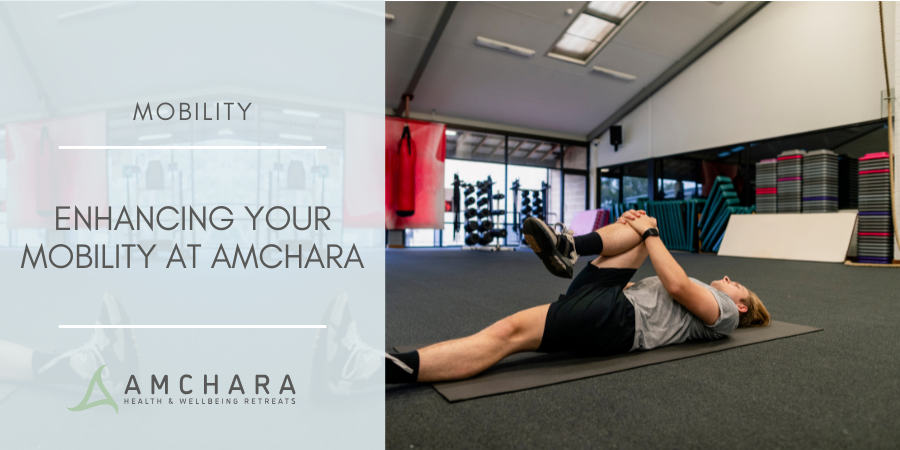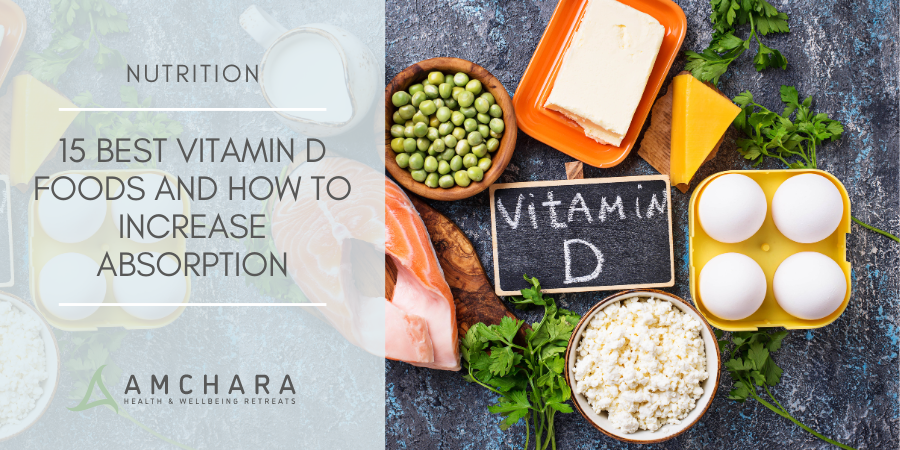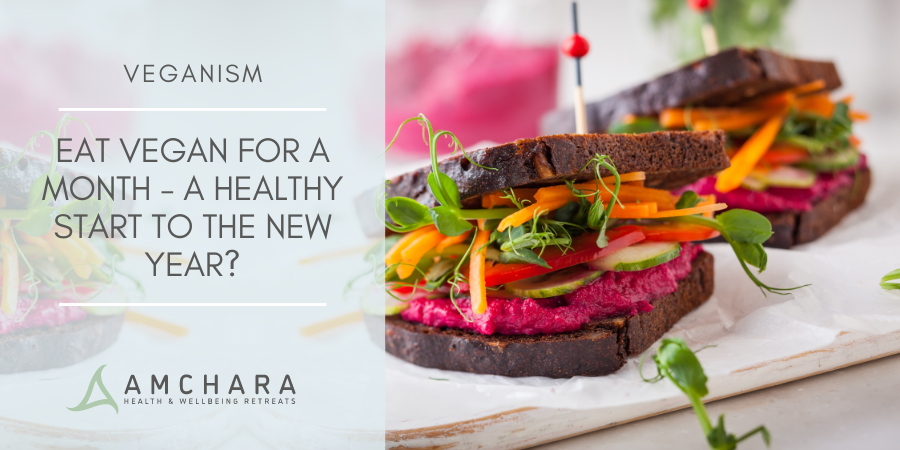Topics: What is Chia | Benefits of Chia | 1 | 2 | 3 | 4 | 5 | How to eat It | The evidence
Recipes: Chia seed pudding | Mango and Chia seed dessert
What is Chia?
So what is Chia and where does it come from?
Chia is a type of seed that is rich in a whole range of nutrients.
The seed is from the plant Salvia hispanica, which is a plant in the mint family. It is native to Mexico and Guatemala.
The name Chia literally means ‘strength’ in the language of the Mayans.
It is also known in some parts of the world as Indian Running Food as the energy that it gives to the body increased stamina and speed of the Indian warriors, who were early fans of the seed.
Back then, Chia was commonly pressed into Chia seed oil, or would be ground into a flour.
It would also be added to water to make a drink. All of these were in an effort to get the best out of the seed and its wondrous health benefits.
How do I add Chia into my diet?
You can get Chia seeds into your diet quite easily. Buy them from whole foods shops and supermarkets as they are growing in popularity.
You can simply add the whole seeds to any food you like, add to smoothies, sprinkle on pancakes and on top of meals, add to salads, whatever you fancy! You could even make it into tea (or cheat and buy pre-made Chia teabags!)
They pretty much taste of nothing, so chances are you won’t even notice that they are there.
Make sure that you don’t have too much though, as they are very high in fibre so may result in them passing through the body too quickly for the body to absorb the goodness.
Do make sure you buy some toothpicks though, as they do tend to get stuck between the gaps of your teeth!
Chia seeds are tiny black seeds derived from the Salvica Hispanica plant which is related to the mint family.
Growing natively in South America, these small black pieces of goodness were an important food for the Aztecs and Mayans.
Chia is the ancient Mayan word for ‘strength’ and the seeds are were valued for their ability to provide sustainable energy.
Chia seeds have grown in popularity over the past few years, so we list below 5 ways in which adding them to your diet can benefit you.
What are the benefits of Chia?
Just a single tablespoon of Chia seeds gives the body so many health benefits, it is almost unbelievable.
Nutrition facts label for seeds, Chia seeds, dried
This measure gives more calcium than a serving of milk, has almost half of your RDA of fibre, contains more omega-3 fatty acids than a slice of salmon and has a higher concentration of antioxidants than a 100g serving of blueberries.
It also contains most of the essential vitamins including A, B, D and E, other essential fatty acids (EFAs) such as Linoleic acid and alpha-linolenic and a whole range of minerals including magnesium, calcium, irone, potassium, iodine, zinc and copper.
Its concoction of nutrients really is amazing, it helps to suppress the appetite helping with weight loss, and this is thought to be down to the fact that when dissolved in the stomach the seeds form a substance a lot like a gel that is thought to make your stomach feel fuller more quickly and for longer.
It also balances blood sugar levels making it great for diabetics and helps with digestion.
What makes Chia better than flaxseed is that it doesn’t have to be ground down to get the benefits from it.
Benefit 1: practically all their carbs are in fact fibre
According to the nutritional content of Chia seeds an ounce has 12 grams of carbohydrate but 11 of those grams are fibre, which isn’t digested by the body.
Fibre does not raise blood sugar and does not require insulin to be disposed of – therefore it shouldn’t really count as a carb. So, the true carb content is actually only 1 gram per ounce which makes the Chia seed a very low-carb food source.
Due to the fibre, Chia seeds can absorb up to 10 to 12 times their weight in water which increases the fullness feeling in your body, helps with slow absorption of your food and means that you will automatically eat fewer calories.
Chia seeds consist of 40% fibre which makes them one of the best sources in the world. On top of that fibre feeds the friendly bacteria in your intestine helping to keep your gut healthy.
Benefit 2: they help you to lose weight
Not only will the fibre which absorbs the water to help you feel fuller for longer but the protein could help to reduce appetite and food intake.
Whilst Chia seeds help to suppress the appetite, there is no significant effect on the effect of actual body weight. Adding Chia seeds can be a useful addition though, if only to stop the hunger pangs.
Benefit 3: they are packed with antioxidants
Another benefit to Chia seeds is the amount of antoxidants they hold. These protect the more sensitive fats in the seeds from going rancid.
Receiving your antioxidants from food can mean lots of positive effects on your health including the more important benefit of fighting the production of free radicals which can damage molecules in your cells and contribute towards ageing and diseases.
Benefit 4: they are high in omega-3 fatty acids
Chia seeds contain large amounts of omega-3s fatty acids, with nearly five grams in a one-ounce serving.
These fats are very important for brain health.
However, it is worth bearing in mind that plant omega-3s tend to be inferior to the animal sources, such as fish, even though Chia seeds contain more omega-3s than salmon.
This is because the ALA (Alpha Linolenic Acid) needs to converted into the “active” forms, EPA and DHA, before it can be used by the body.
Unfortunately, humans are inefficient at converting ALA into the active forms.
That said, they are still a good source and the omega-3s that Chia seeds convert better into the body than those of flax seeds.
Benefit 5: they provide essential nutrients
Manganese is not that well recognised when it comes to nutrients but it is definitely important for our health.
It is good for your bones and helps your body use other essential nutrients such as biotin and thiamine. One serving (28 grams) has 30% of your recommended daily allowance.
On top of that, they provide 27% of your daily intake of phosphorus, which helps to maintain healthy bones and teeth.
Phosphorus is also important for helping your body synthesize protein for cell and tissue growth and repair.
The evidence
https://www.ncbi.nlm.nih.gov (link) (link) (link) (link) (link)
https://link.springer.com (link)
https://www.hindawi.com (link)
https://www.sciencedirect.com (link) (link) (link)
How to eat it
Dry Chia seeds can be added whole or ground to smoothies and juices, mixed into yogurt or oatmeal, or sprinkled on top of a salad.
If you’re adding the seeds to a drink or a “wet” dish like oatmeal, they’ll swell up slightly while you eat, but they’ll retain a slight crunch.
And although these are some of the more common ways to eat Chia, its mild flavor and compact size make it easy to slip a spoonful into pretty much anything – so experiment!
Since Chia seeds are capable of absorbing a lot of liquid, it’s important to stay well hydrated when consuming them, particularly in dry form.
But you don’t have to overdo it on the water – your daily eight 8-oz. glasses will suffice just fine.
Here are two recepies to get you started
Chia seed pudding
A delicious and healthy twist on Chia seed pudding – easy to make and perfect for any time of day. Created by one of our raw chefs Lucka at Amchara Gozo.
INGREDIENTS
1 cup brazil nut milk (or any other nut milk)
2 Tbsp Chia seed
Optional:
Couple of drops of vanilla extract
½ tsp of spice mixture (cardamom, cinnamon, powdered ginger)
1 Tbsp of dried fruit (raisins, cranberries, cherries etc)
1 Tbsp of finely chopped walnuts or pecans or almonds
METHOD
- Pour the brazil but milk into a bowl (you can warm it up to a body temperature first if you took it out of the fridge and do not want to eat it ice cold).
- Mix in the milk, the Chia seeds (plus vanilla and spice mixture if you choose).
- Let it stand for about 15 minutes, stirring it every few minutes to keep the seeds from clumping together. If making it in the evening to have it ready for breakfast, the best approach is to put it in a Mason jar and give it a good shake.
- When the milk with Chia seeds is thickened into pudding consistency, layer it with the dried fruit and nuts, or just mix everything in. You can top it with your favourite fruit.
- The pudding can be eaten as a nutritious breakfast, snack on the go (make it in the Mason jar) or a quick and healthy dessert. It can last in the fridge for a couple of days.
Recipe and photo by Lucka K.
Mango and Chia seed dessert
Finding and creating healthy but quick desserts can be a challenge, especially when cravings are strong and you want to reach for quick, packaged products.
But here is a refined sugar free, dairy and grain free dessert that you can have ready in your fridge. Created by our raw food chef Magalie at Amchara Gozo.
INGREDIENTS
- 224g almond milk
- 34g Chia seeds
- 1 fresh vanilla bean
- 32g honey
- 1g cinnamon powder
- Pinch cardamom powder
Mango coulis:
- 1 mango (pitted)
- 2 dates, pitted (soak in warm water for 10 minutes to soften)
- 26g lemon juice
METHOD
Add almond milk, Chia seeds, vanilla bean seeds agave, cinnamon, and cardamom to a container. Refrigerate for 1 hour.
Once the pudding is ready, prepare the mango, dates and lemon juice in blender. Pour on top of the Chia pudding. If you’re feeling adventurous then sprinkle some almond flakes on top.
